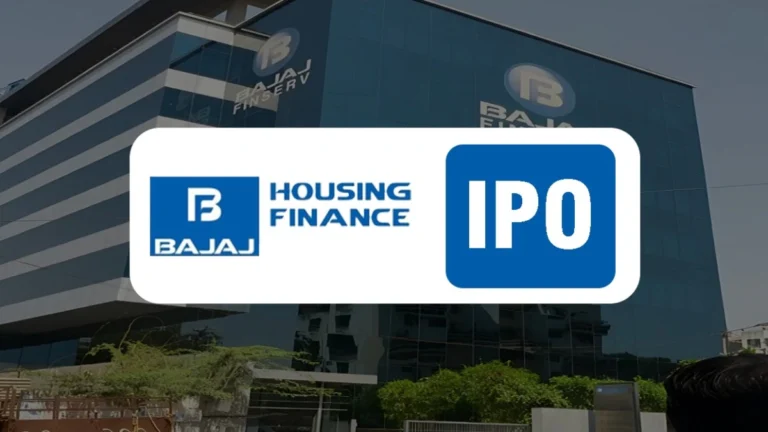ICO vs IDO vs IEO: A 2025 Guide to Crypto Fundraising Models

ICO vs IDO vs IEO: A 2025 Guide to Crypto Fundraising Models
Introduction: The Need for Crypto Fundraising Models
As blockchain technology continues to evolve in 2025, so do the ways crypto projects raise capital. Whether you’re a startup launching a new token or an investor looking to participate early in a project, understanding ICO (Initial Coin Offering), IDO (Initial DEX Offering), and IEO (Initial Exchange Offering) is crucial.
Each method has its own mechanism, risk level, audience, and security structure. In this blog, we’ll break down:
- What each model means
- Key differences
- Pros and cons for investors and founders
- Which one is better in today’s crypto market
ICO vs IDO vs IEO: A 2025 Guide to Crypto Fundraising Models
What Is an ICO (Initial Coin Offering)?
An ICO is the original fundraising method used in crypto, where a startup sells tokens directly to the public — often before the product is even built.
✅ How It Works:
- Project creates a token using Ethereum or another blockchain.
- Launches a website or whitepaper explaining the use case.
- Users send ETH, BTC, or fiat in exchange for project tokens.
✅ Benefits:
- Low cost to launch
- Global reach
- No middlemen or exchanges needed
Drawbacks:
- High risk of scams or rug pulls
- No regulation or investor protection
- Difficult for non-technical investors to participate
💡 Popular ICO Example: Ethereum raised $18 million in 2014 via ICO.
What Is an IEO (Initial Exchange Offering)?
An IEO is a fundraising method where tokens are offered through a centralized exchange like Binance or KuCoin.
✅ How It Works:
- The project partners with a crypto exchange.
- The exchange vets the project and lists the token.
- Users buy tokens directly on the platform using verified accounts.
✅ Benefits:
- Higher trust due to exchange verification
- Easier access for beginners
- Boosted visibility and liquidity
Drawbacks:
- Listing fees can be high
- Limited control for the project
- Still not immune to token price crashes post-launch
💡 Popular IEO Example: BitTorrent raised $7.2 million in minutes on Binance Launchpad in 2019
ICO vs IDO vs IEO: A 2025 Guide to Crypto Fundraising Models
What Is an IDO (Initial DEX Offering)?
An IDO is the decentralized version of IEO, where tokens are sold via a decentralized exchange (DEX) like Uniswap, PancakeSwap, or SushiSwap.
✅ How It Works:
- Token gets listed on a DEX’s launchpad (like Polkastarter, DAO Maker).
- Investors connect wallets like MetaMask.
- Participate using stablecoins or native blockchain tokens (e.g., BNB, ETH).
✅ Benefits:
- No KYC required — accessible globally
- Immediate liquidity on DEX after launch
- Lower fees than IEOs
Drawbacks:
- Prone to bot manipulation or front-running
- No vetting — risky for investors
- Price volatility is extremely high
💡 Popular IDO Example: Polkastarter became a major IDO platform in 2021–2023.
ICO vs IDO vs IEO: Key Differences Table
| Feature | ICO | IEO | IDO |
|---|---|---|---|
| Platform | Website | Centralized Exchange | Decentralized Exchange |
| Regulation | Minimal | Moderate (Exchange-specific) | Minimal |
| Accessibility | High | Moderate (KYC required) | High |
| Security | Low | Medium (Exchange vets) | Medium (Smart contracts audited) |
| Liquidity | Delayed | Exchange-backed | Immediate |
| Cost for Project | Low | High | Low to Moderate |
| Speed to Market | Fast | Medium | Fast |
Which One Is Better in 2025?
For Founders:
- ICO: Best for those with a strong community and low budget.
- IEO: Ideal if you want instant credibility and are ready to pay listing fees.
- IDO: Perfect for Web3-native projects with a strong DeFi presence.
For Investors:
- ICO: High reward, high risk. Do heavy research.
- IEO: Safer, but returns can be limited after exchange cuts.
- IDO: Great for DeFi enthusiasts. Use trusted DEX launchpads only.
Risks to Watch Out for in All Models
- Scams: Fake teams, plagiarized whitepapers, no product.
- Pump and Dumps: Tokens may moon and crash within hours.
- Smart Contract Bugs: Especially in IDOs, a faulty contract can lead to loss.
- No Accountability: Projects can vanish after raising funds.
Trends in 2025: What’s Gaining Momentum?
- Regulated IEOs: Exchanges like Coinbase and Kraken are exploring compliant token offerings.
- Hybrid Models: Some projects launch via IDO and later transition to IEO for listing.
- KYC & AML Compliance: Even DEX platforms are slowly incorporating wallet-based compliance.
- DAO-based IDOs: Community-governed token launches via DAOs are on the rise.
10 FAQs for the topic: “ICO vs IDO vs IEO: A 2025 Guide to Crypto Fundraising Models” — optimized for Google Discover and SEO.
1. What is the main difference between ICO, IDO, and IEO?
Answer:
- ICO (Initial Coin Offering) is a self-hosted token sale by the project team.
- IEO (Initial Exchange Offering) is conducted via centralized exchanges like Binance or KuCoin.
- IDO (Initial DEX Offering) is hosted on decentralized exchanges or launchpads such as Uniswap or DAO Maker.
2. Which is safer for investors in 2025: ICO, IDO, or IEO?
Answer:
IEOs are considered the safest because exchanges conduct KYC/AML checks and vet projects before launching. IDOs and ICOs can offer higher returns but involve greater risk and less oversight.
3. Are ICOs still used in 2025?
Answer:
Yes, but rarely. Due to regulatory pressure and past scams, ICOs are now mostly used by decentralized teams in crypto-friendly jurisdictions with a loyal user base.
4. Which launch method raises the most funds in 2025?
Answer:
As of 2025, IDOs and IEOs dominate fundraising. IDOs lead in the DeFi and NFT sectors, while IEOs are favored by institutional investors and centralized platforms.
5. Which token launch method is best for DeFi projects?
Answer:
IDOs are ideal for DeFi projects due to their decentralized nature, immediate liquidity, and community-first approach. They also integrate well with DEX ecosystems.
6. Do all launch methods require KYC?
Answer:
- ICO: Usually doesn’t require KYC
- IDO: Varies by platform; some require it, others don’t
- IEO: Always requires KYC as exchanges must comply with regulations
7. Which is easier for retail investors to join?
Answer:
IDOs are generally more accessible to retail investors since they often require only a crypto wallet and a whitelisting process. IEOs may have geographic or account restrictions.
8. Which method offers the fastest token listing?
Answer:
IDO offers the fastest listing — usually tokens are listed on a DEX immediately after the token sale, providing instant trading and liquidity.
9. Are tokens from IEOs more stable in price?
Answer:
Yes, typically. Since IEOs are launched on reputable exchanges, they often benefit from stronger investor confidence, less volatility, and post-launch support.
10. How do I choose the best launch method for my crypto project?
Answer:
Consider your:
- Funding needs (large capital = IEO)
- Community size (grassroots = IDO)
- Compliance capability (regulated project = IEO/STO)
- Marketing strategy (hype-based = ICO or IDO)
For most new projects in 2025, IDOs strike a good balance between community access and decentralization.




